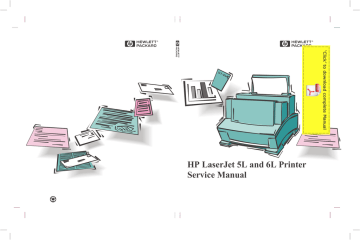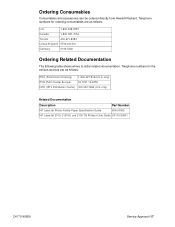

The introduction of the HP 3000 in 1974 provided high-end competition to the 2100 series the entire line was renamed as the HP 1000 in 1977 and positioned as real-time computers. The People's Computer Company published their programs in HP 2000 format.

HP Time-Shared BASIC was popular in the 1970s, and many early BASIC programs were written on or for the platform, most notably the seminal Star Trek that was popular during the early home computer era. Īll of these models were also packaged as the HP 2000 series, combining a 2100-series machine with optional components in order to run the BASIC programming language in a multi-user time sharing fashion. All of these models were replaced by the HP 2100 series in 1971, and then again as the 21MX series in 1974 when the magnetic-core memory was replaced with semiconductor memory. Over the next four years, models A through C were released with different types of memory and expansion, as well as the cost-reduced 21 models. The original model, the 2116A built using integrated circuits and magnetic-core memory, was released in 1966. HP purchased the company in 1964 and merged it into their Dymec division. The design started at Data Systems Inc (DSI), and was originally known as the DSI-1000. Tens of thousands of machines in the series were sold over its twenty-five year lifetime, making HP the fourth largest minicomputer vendor during the 1970s. The HP 2100 is a series of 16-bit minicomputers that were produced by Hewlett-Packard (HP) from the mid-1960s to early 1990s. HP 1000 E-Series minicomputer with a 9895A dual 8-inch "flexible disc memory" drives.


 0 kommentar(er)
0 kommentar(er)
